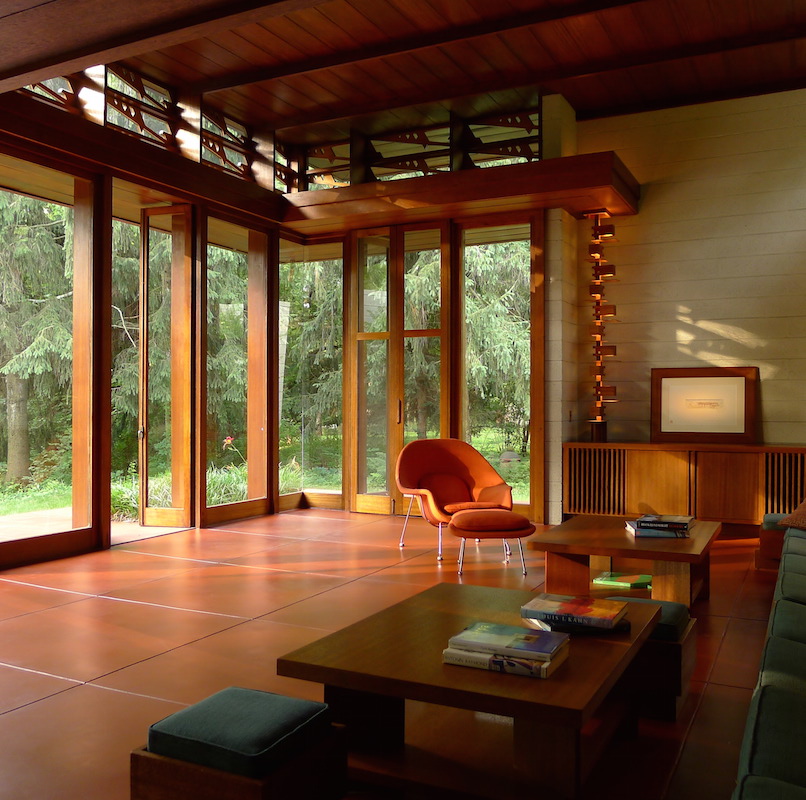Designing Your Desire Room: The Impact of Interior Design and Home Designer on Home Visual Appeals
The magic of developing a dream home lies not just in architectural prowess however additionally in the fragile artistry of interior decoration. These 2 disciplines intertwine, with style supplying the skeletal structure while interior decoration takes a breath life right into the room with furniture, color, and texture choice (Countryside Homes interior design). This smooth combination results in a tailored haven that resonates with the homeowner's identity and way of living preferences. Exactly how does this harmonious mix influence home appearances and, in turn, our day-to-day lives? Keep tuned to discover better.
The Intersection of Interior Design and Design: Greater Than Meets the Eye
Although many individuals think that interior decoration and design are 2 separate techniques, a closer evaluation reveals an interesting intersection between both. Style lays the foundation, giving the covering within which interior layout operates. Nevertheless, the type and function of an area are not entirely determined by its architectural design. Interior Design plays a crucial function in enhancing and completing a framework's architectural components, focusing on the choice and discussion of interior things such as furniture, fixtures, and surfaces. It is the interplay of these 2 disciplines that brings an area to life, changing it from a plain structural entity into an all natural, lived experience. This cooperative relationship emphasizes the significance of incorporating architectural concepts right into interior decoration, and vice versa, to accomplish a harmonious and visually pleasing setting.
Using the Power of Colors and Textures in Home Design
While the framework of a home may be the canvas, it is eventually making use of shades and textures within interior decoration that brings the vision to life. The strategic application of shades can set the state of mind, develop harmony, and even affect the perceived size of a space. Neutral tones offer a sense of calmness and spaciousness, while bold colors can energize and draw emphasis. Textures play a critical role in including deepness and personality to an area. Rough appearances, like raw timber or block, supply rustic appeal, while smooth surface areas, like marble, exhibit beauty. By comprehending the mental influence of colors and responsive charm of textures, one can efficiently transform a house right into a mentally engaging and aesthetically compelling home.

The Duty of Furnishings in Defining Space and Lifestyle
Furnishings serves as a specifying component in interior layout, influencing both space and lifestyle. The option Extra resources of furnishings can considerably affect the understanding of area, with bigger pieces creating a perception of majesty, while smaller sized, minimal styles can make a space appear sizable. Hence, furniture option plays an important duty in individualizing and specifying space, with each piece serving as a testimony to the home owner's unique identity.

Architectural Considerations for Personalized Spaces
Past the significant function of furnishings, building considerations additionally play a critical part in individualizing areas. The format, style, and structure of a home can significantly influence its general visual, functionality, and the citizens' comfort. Comprehending the home's architectural elements, such as the shapes and size of rooms, the placement of home windows and doors, and check my site the kind of materials made use of, can help one tailor their area to their lifestyle and preferences. Moreover, architectural components like arches, fireplaces, staircases, and columns can offer as the centerpieces of a space. Balancing these architectural details with appropriate furniture, color design, check this and lighting can develop a individualized and unified environment. Design, as a result, is an essential consider making one's desire room.
The Psychological Influence of Aesthetically Pleasing Spaces
The influence of cosmetically pleasing rooms on human psychology is profound. These atmospheres not only interest the senses but additionally add to a person's overall health and wellbeing. They can promote imagination, generate leisure, and also influence state of mind. Patterns, textures, and shades can stimulate emotional feedbacks, while the design and lighting can affect actions and interactions. A properly designed space, with its mindful equilibrium of appearances and capability, can cultivate a feeling of consistency, advertising positivity and efficiency. On the other hand, improperly developed rooms can create feelings of pain or tension. Interior style and style are not simply about producing aesthetically attractive areas, but also concerning growing environments that boost psychological health and satisfaction.
-min.jpg)
Conclusion
Finally, developing your dream room is a nuanced process that stabilizes the structural aspects of architecture with the aesthetic selections of interior decoration. By carefully selecting shades, textures, and furniture, you can craft rooms that not only look beautiful however additionally functionally serve your way of living. Eventually, the effective assimilation of these self-controls advertises wellness, stimulates creative thinking, and cultivates a feeling of individuality within the home.
Designing Your Desire Space: The Influence of Inside Layout and Home Engineer on Home Looks Countryside Homes interior design.
The magic of designing a dream home lies not only in architectural prowess however also in the delicate creativity of interior style. These 2 disciplines intertwine, with architecture offering the skeletal structure while interior design breathes life into the area with structure, shade, and furniture selection.Furnishings offers as a specifying aspect in indoor layout, influencing both area and lifestyle.In final thought, producing your dream space is a nuanced process that balances the structural elements of design with the aesthetic choices of indoor layout.